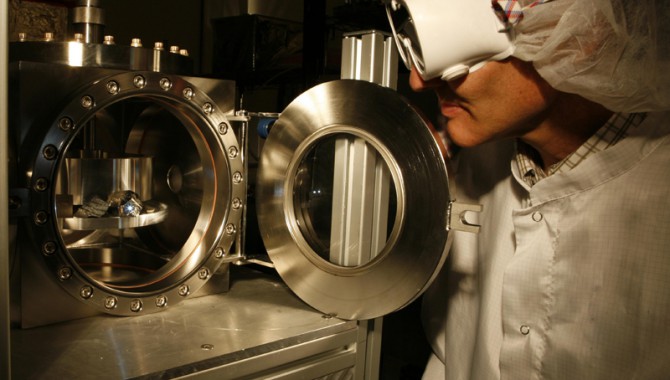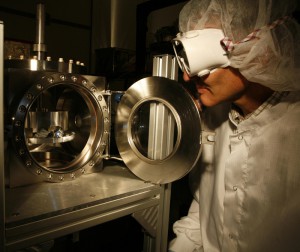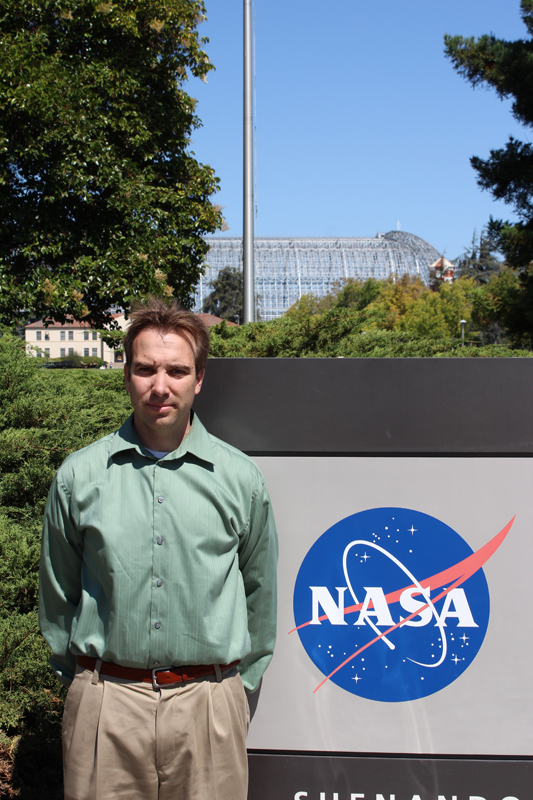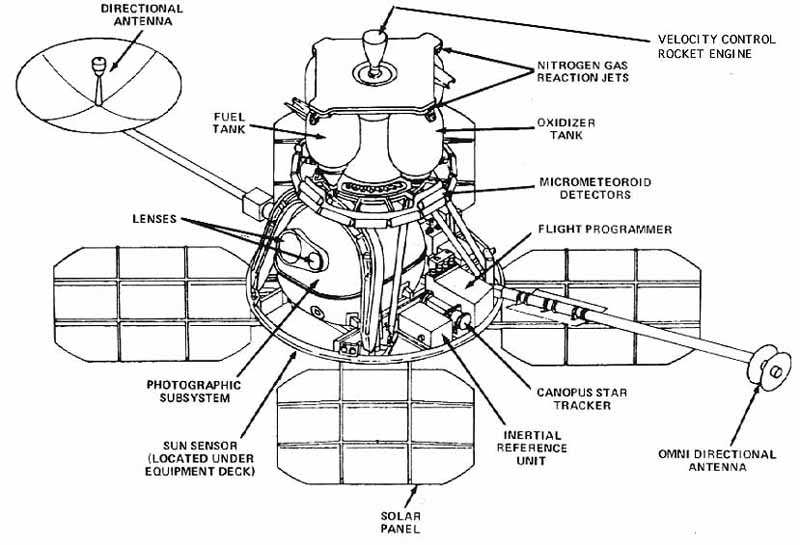
The ChemCam instrument for NASA's Mars Science Laboratory mission uses a pulsed laser beam to vaporize a pinhead-size target, producing a flash of light from the ionized material -- plasma -- that can be analyzed to identify chemical elements in the target. Image Credit: NASA/JPL-Caltech
August 30, 2012 Vol. 5, Issue 8
Key job considerations for industry young professionals have experienced a notable shift in Aviation Week‘s third annual survey.

The ChemCam instrument for NASA’s Mars Science Laboratory mission uses a pulsed laser beam to vaporize a pinhead-size target, producing a flash of light from the ionized material — plasma — that can be analyzed to identify chemical elements in the target.
Image Credit: NASA/JPL-Caltech
In a continuing effort to establish a single, credible resource for understanding the state of the young professional aerospace workforce, Aviation Week conducted its third annual Young Professional Workforce Study, which evaluated the young professional workforce across government and industry.
Benefits, opportunity, geographic location, salary and technological challenge were the most important factors for young professionals when considering a job. These factors have changed since the survey began three years ago when participants ranked technological challenge as their number one factor followed by ability to contribute and reputation of an organization as top factors for choosing a job.
Young professionals reported that work variety, flexibility, challenge, the impact their work has, the people they work with, and pride in what they do are the main perks of their job. Top frustrations for the young professionals surveyed included the economy, inefficiency due to micromanagement, silo thinking (i.e., groups not communicating and working effectively with one another), and difficulty finding a way to advance to better jobs.
The workforce study surveyed the young professional population, defined as employees age 40 and younger, of 14 major organizations including NASA. Key industry statistics included:
- 29% of the workforce is under the age of 40, 9% is under the age of 30.
- 24% of the industry workforce consists of women. 36% are under the age of 30, while 30% are between the ages of 30 and 40. The primary reasons for women to change jobs include promotions, salary, and geographic location.
- 73% of said they would recommend their current employer to someone else, and 62% would recommend the aerospace/defense industry as a whole.
- 15% said they would recommend a government agency as an employer at this time (vs. 38% in 2011).
Aviation Week also conducted academic and longitudinal young professionals surveys. It is in its fourth year of surveying the aerospace industry at large.
Learn more about the Aviation Week workforce studies.








